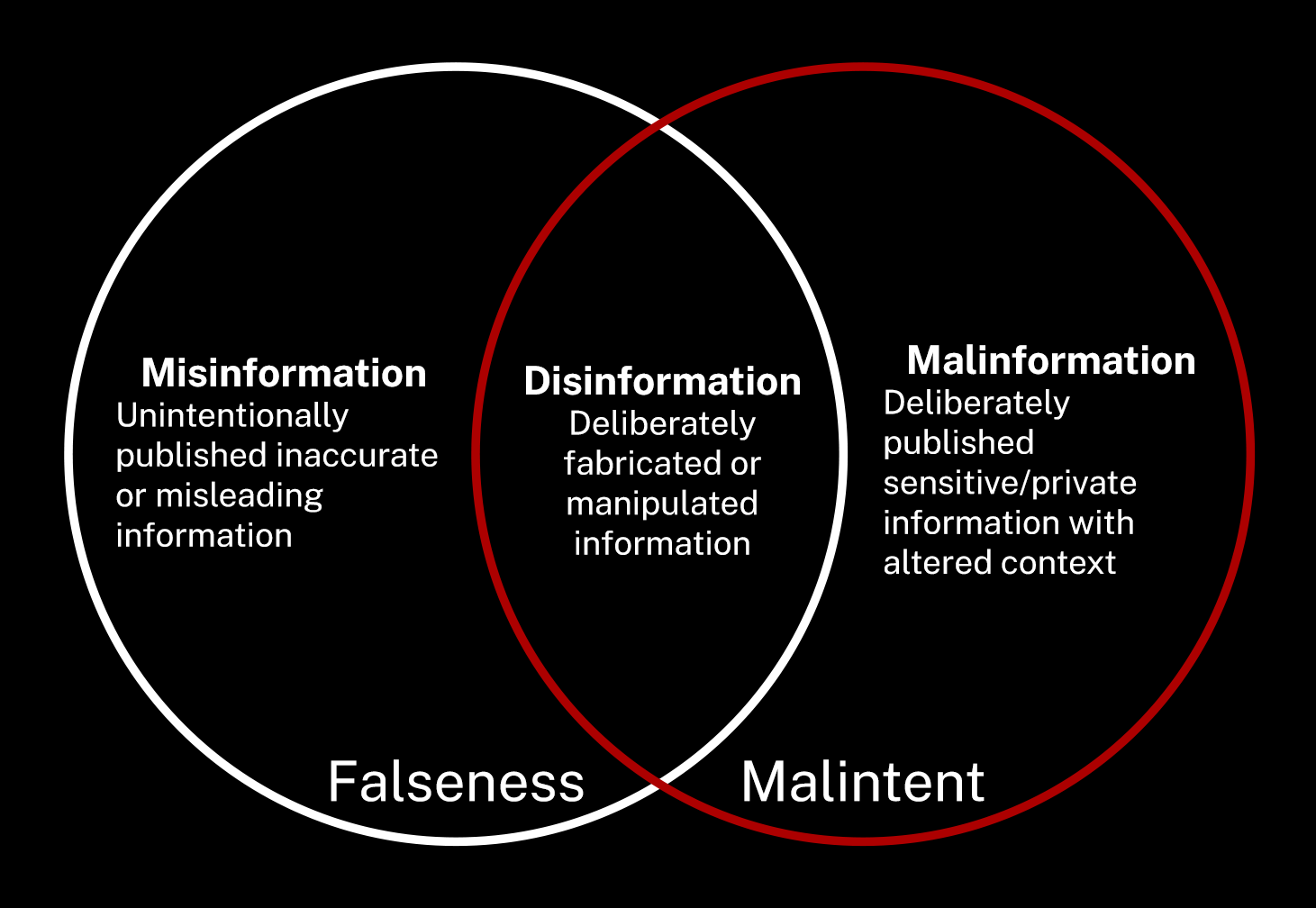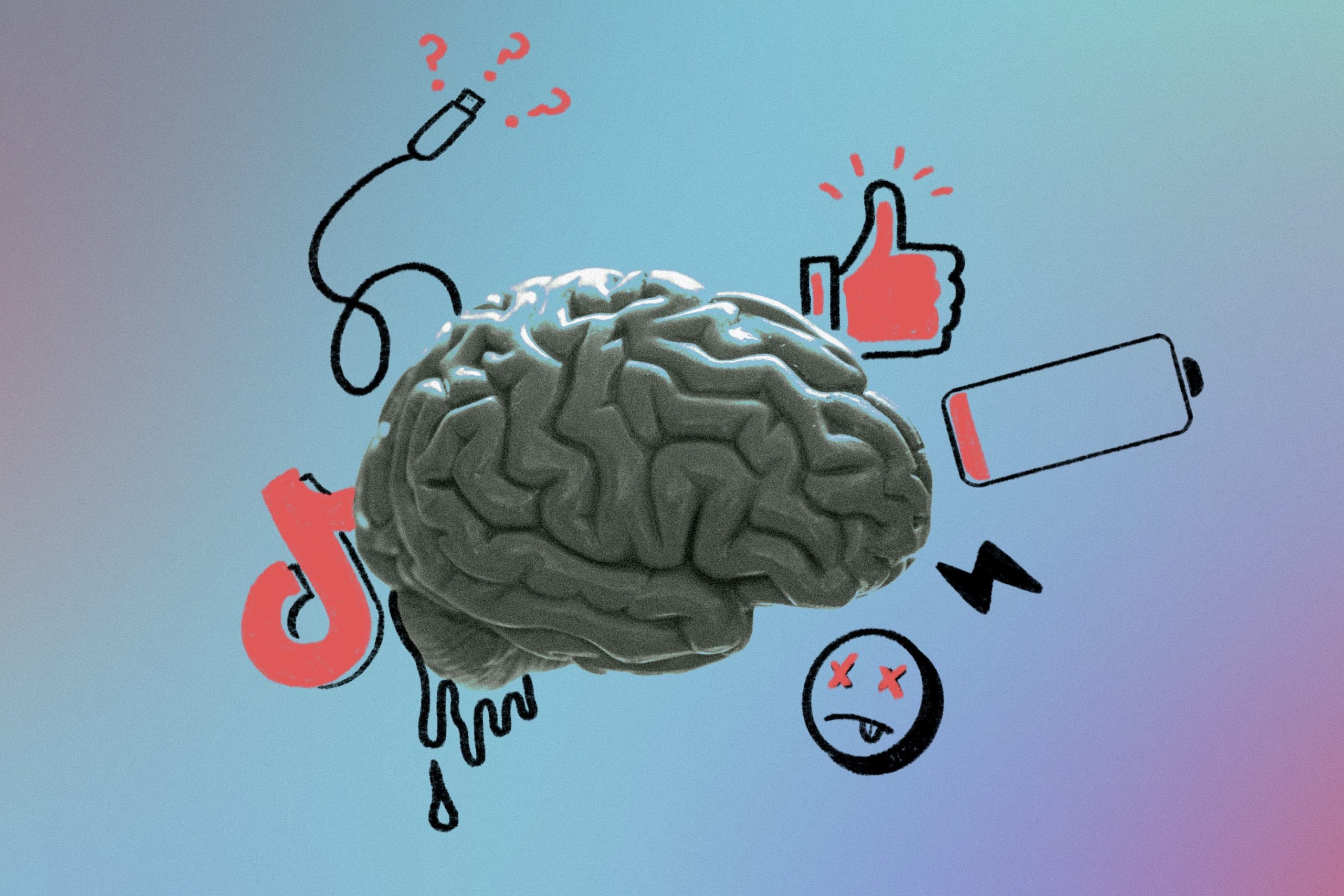During this set of presentations one of the presentations really stood out to me and it detailed the differences between malinformation, misinformation, and disinformation. Prior to this presentation, I assumed all three were the same thing and bad information was bad information but based on this presentation I learned the differences.
Malinformation is the most harmful due to its intent to cause harm when spread and the factual evidence it is based on. This includes leaking private information about an individual and taking truthful information out of context with the intent to cause harm to an individual’s reputation. Politicians are typically the most common victims when opposing campaigns run smear campaigns in order to boost their public reputation. Not only can this be dangerous to spread but it can completely ruin someone's professional career as well as smear their family’s name in the process. It can be weaponized within politics to sway public opinion and shape the public view of a candidate.
Misinformation is the spread of information regarding any topic that is inherently false but there is no intent to deceive the public or smear someone’s reputation. It stems from the belief that this information is true and is spread when an individual passes it along thinking nothing of it. Misunderstanding or misinterpretation are the leading causes when it comes to misinformation being created. This highlights the importance of media literacy and knowing exactly how to find credible sources as well as fact check it which we discuss quite a bit in this class. With the rise of social media, misinformation can spread like wildfire when it is not fact checked properly.
Disinformation is a little different due to it being false information that is spread to push certain narratives or ideology but it differs from malinformation due to it being false. It is used to deceive and those that spread are intending to convince others that it is factual when it is not. However, disinformation can be used in the same settings as malinformation such as politics in order to attempt to ruin the reputation of an opposing politician. With the rise of AI, it has become increasingly hard to differentiate what’s real and what is not due to the ability AI has to create very realistic pictures and videos. Again, the importance of media literacy and cross referencing has become a must in the modern world.
The three different types of false information has allowed me to expand my knowledge of how we can be deceived and what to look for. My media literacy has been enhanced throughout this semester and this presentation really opened my eyes to the differences in information. It also proves how important it is to be diligent when researching in order to not be deceived by smear campaigns and fake news.
 |
| Visual Representation of the Three Types |

No comments:
Post a Comment